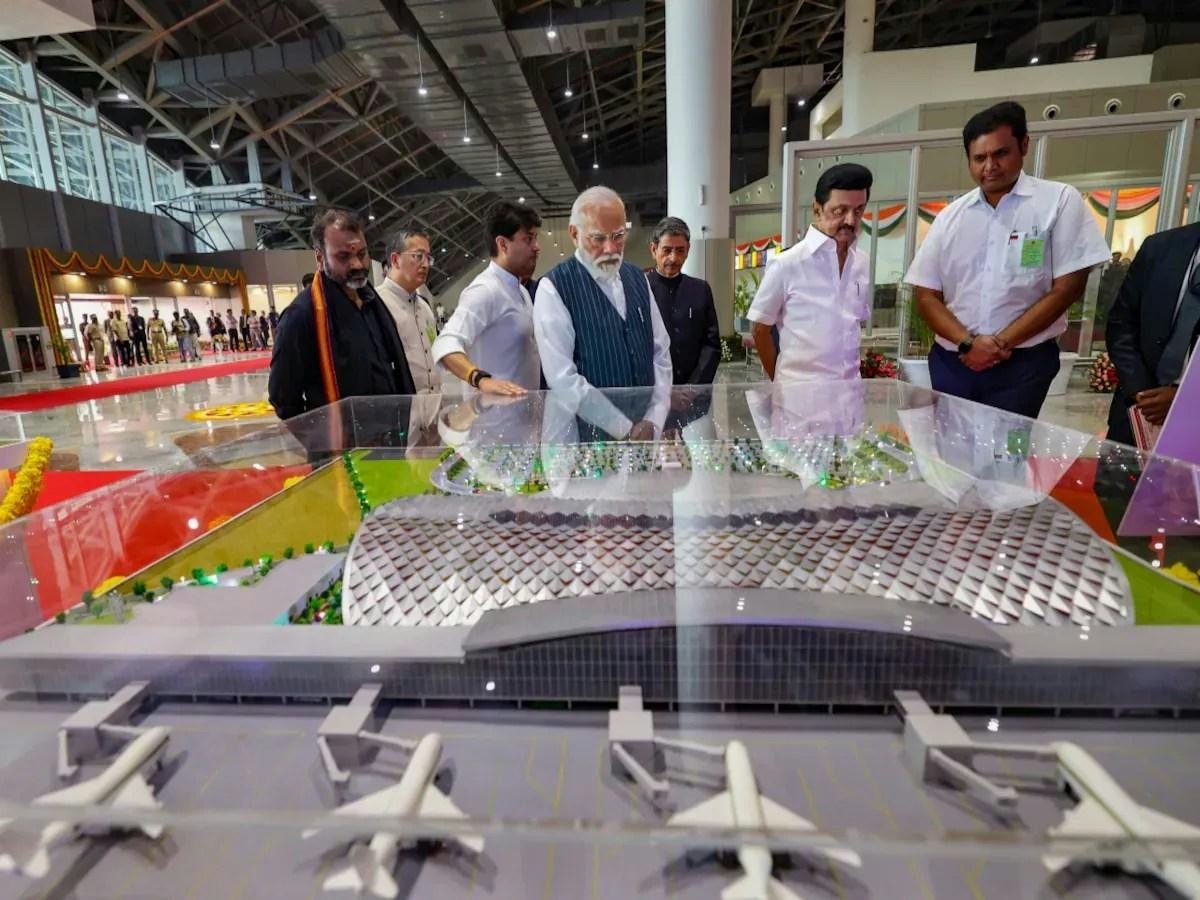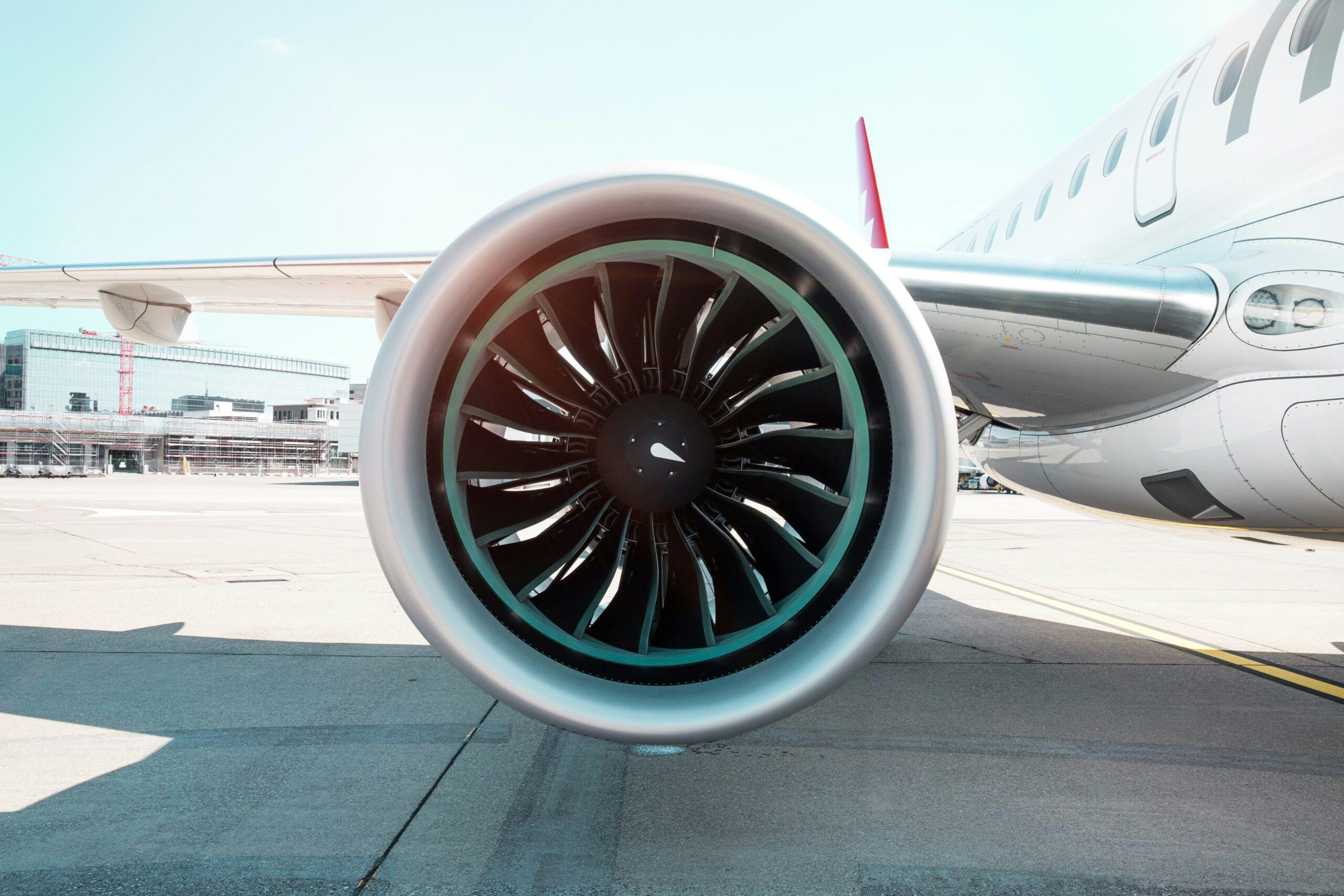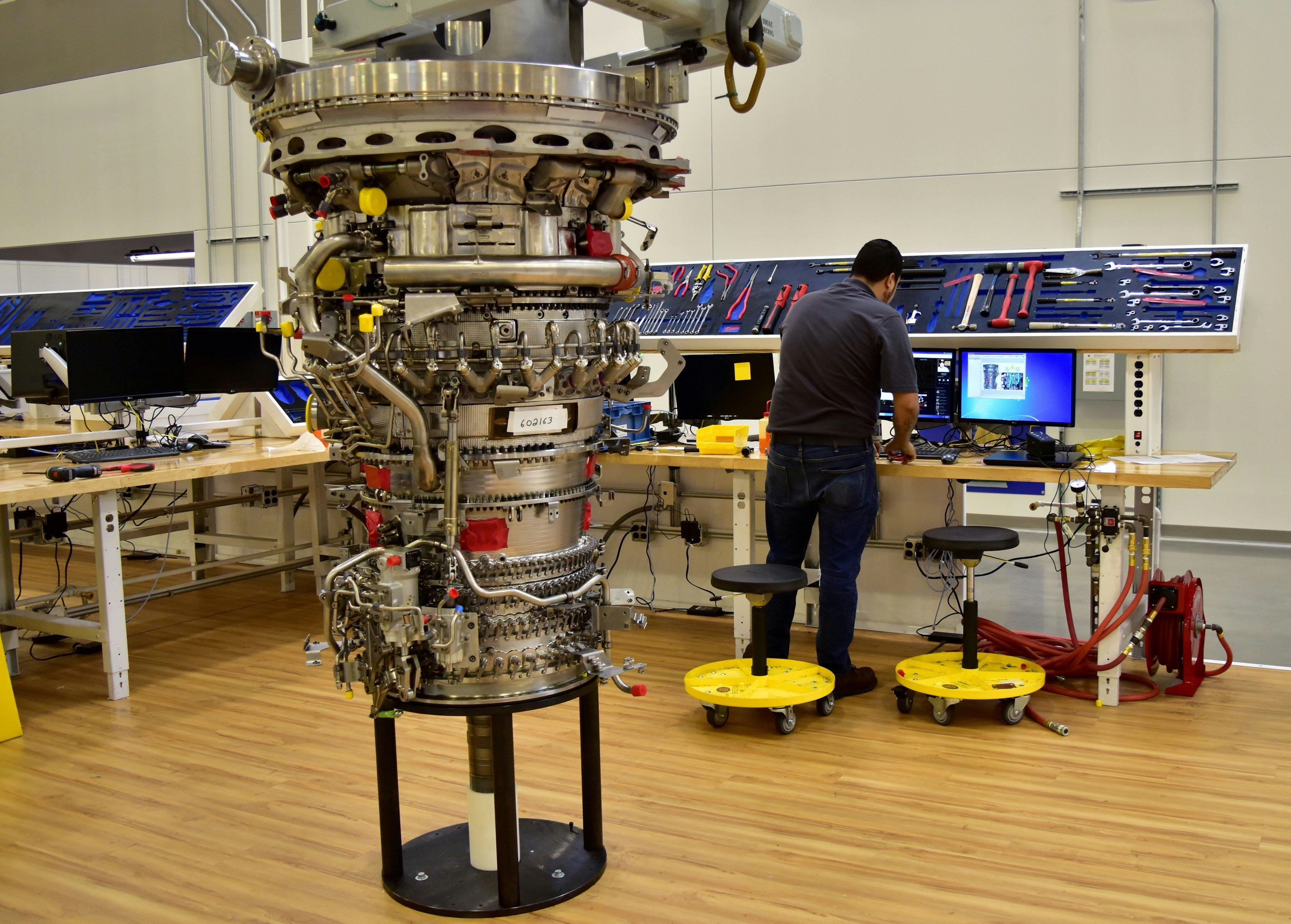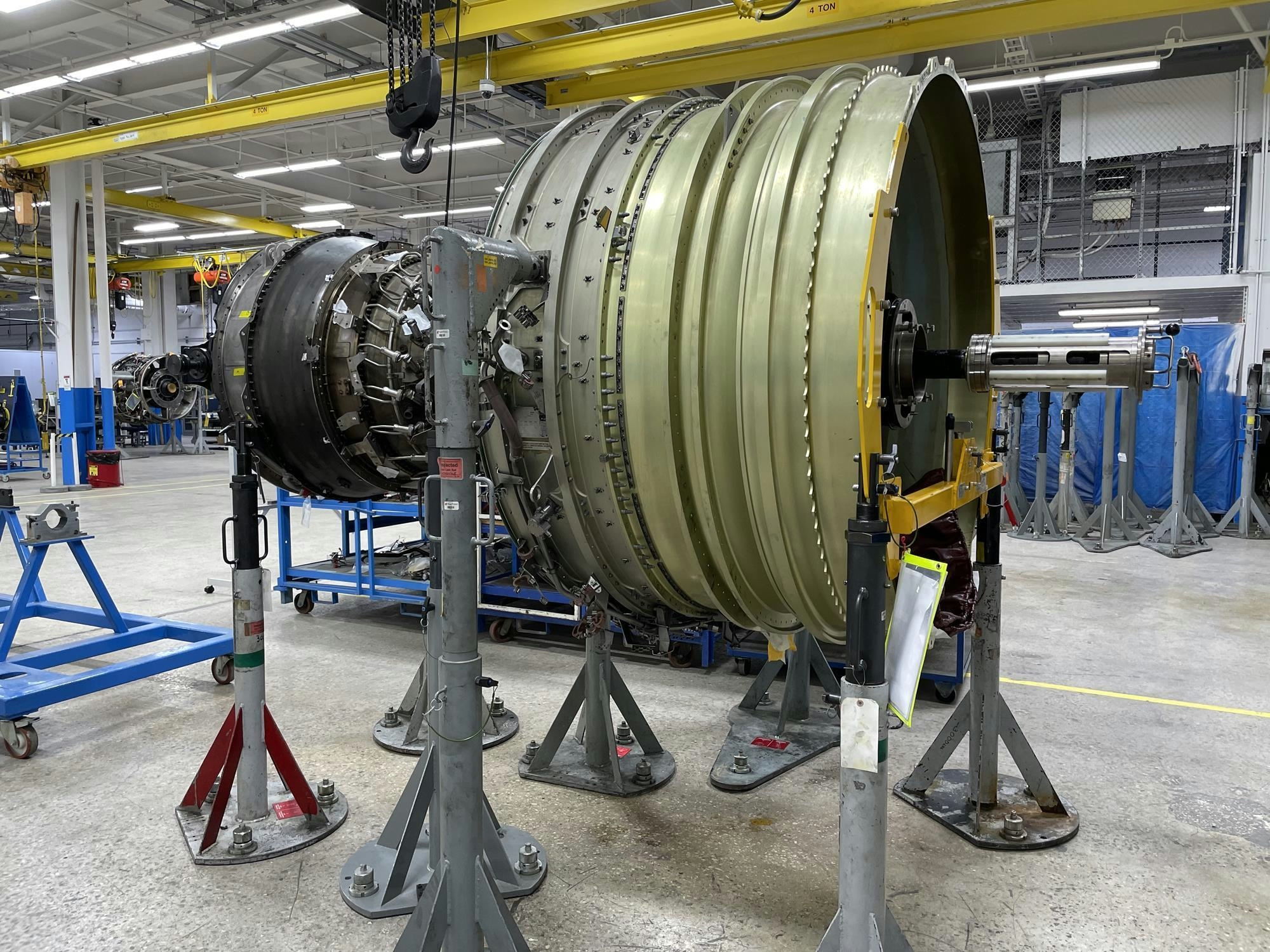
AeroGenie — あなたのインテリジェントな副操縦士。
現在のトレンド
Categories
India Aims to Double Number of Airports by 2047

India’s Ambitious Plan to Double Airport Infrastructure by 2047
India’s Civil Aviation Minister, Ram Mohan Naidu Kinjarapu, has announced a bold initiative to expand the nation’s airport network to 350 by the year 2047, more than doubling the current total of 162 airports. This declaration, made during the Eastern Region Ministers’ Conference on Civil Aviation, reflects the government’s strategic intent to position the civil aviation sector as a pivotal engine for economic growth and regional development.
Expanding Regional Connectivity and Economic Growth
Over the past decade, India has witnessed significant growth in its aviation infrastructure, adding 88 new airports with a particular focus on tier-two and tier-three cities. This targeted expansion aims to enhance regional connectivity, stimulate local economies, and promote development beyond the major metropolitan hubs. Minister Kinjarapu emphasized that the government’s vision aligns with India’s broader ambition to become a developed nation by 2047, with civil aviation playing a central role in this transformation.
The government plans to work closely with state authorities to build the necessary infrastructure, anticipating that the expanded network will improve mobility, meet increasing passenger and cargo demands, and generate substantial employment opportunities nationwide.
Challenges and Regional Implications
Despite the promising outlook, the plan faces considerable challenges. Securing sufficient funding, managing complex land acquisitions, addressing environmental concerns, and navigating regulatory frameworks present significant obstacles. Nonetheless, the initiative has already attracted heightened interest and investment within India’s aviation sector.
Market analysts suggest that India’s ambitious target may also influence neighboring countries to upgrade their airport infrastructure to sustain regional connectivity and competitiveness. By prioritizing the development of regional airports, the government seeks to ensure balanced economic growth and improved accessibility across the country.
This expansion is viewed as a critical component of India’s aspirations to emerge as a global superpower, with civil aviation serving as a cornerstone for economic integration and future development. As demand for air travel and cargo transport continues to rise, the commitment to more than double airport infrastructure underscores a long-term strategy to strengthen the sector, foster job creation, and maintain India’s competitive edge in the global aviation market.

Leading Companies in Aviation Artificial Intelligence: Airbus, Amazon, Lockheed Martin, Tata Power, Thales

Warburg Pincus Acquires Hong Kong-Based Topcast Aviation Supplies

GE Aerospace Expands North Carolina Facility with $53 Million Investment to Address Supply Chain Issues

Manufacturer of China’s C919 Secures Capital Injection Amid Supply Chain Issues

Africa’s Aviation Sector Adopts AI Amid Challenges

FTAI Aviation Shares Rise 6.3% Following AI Partnership with Palantir

Airports Innovate 2025 Shapes the Future of Aviation

How Volcanic Ash Disrupts Aircraft Engines

Ethiopia Volcanic Ash Plume Poses Risk to Aviation, DGCA Issues Warning
